The clear sounds of clappers, wooden zithers and the sweet, deep voices of singers once echoed throughout the villages of the North, carrying the soul of the art of Ca Tru - a unique form of Vietnamese folk music. Ca Tru is not only a form of entertainment but also an indispensable part of the cultural life of the Vietnamese people for generations. Despite the ups and downs, the moments when it seemed to be forgotten, Ca Tru still maintains its position as an artistic symbol with a strong vitality.
Popular since the 15th century, Ca Tru was once a form of aristocratic music, performed in royal courts, where kings and mandarins enjoyed it. Ca Tru requires performers to have skillful techniques and a sensitive soul, with a subtlety in each melody and each beat. Each Ca Tru singing session is a complete artistic space, where listeners can enjoy the music and immerse themselves in a world full of emotions and thoughts.
The beat echoes in the distance,
The song is passionate, full of longing.
Melodious, melodious, The mist of an afternoon remains in the heart forever.
Those verses seem to encapsulate the soul of Ca Tru – the echoes of the past, carrying with them many memories of a golden age of folk art. The softness of the melody, the depth of each lyric, together with the gentle yet decisive rhythm, have created a unique and unmistakable feature of Ca Tru.
Singer Kim Ngoc and Dan Day artist Ba Hai of Hanoi Ca Tru Club. Photo: Collected
Over a long period of time, Ca Tru has gradually entered the lives of the people, becoming an indispensable spiritual food in festivals and celebrations. Ca Tru songs with rich and profound lyrics have reflected social life, thoughts and feelings of people, bringing moral lessons and profound philosophies of life. Ca Tru is both music, poetry and philosophy, a place where the noble cultural and spiritual values of ancient people converge.
Along with the changes of society, Ca Tru has gradually faded away, falling into oblivion for many decades. Ca Tru artists, who have preserved and passed on this art form, have gradually disappeared. Ca Tru singing sessions have become less frequent, remaining only in the memories of the elderly, those who have lived and loved this art form. However, the ancient glory of Ca Tru has not completely faded. Efforts to restore and preserve Ca Tru have been and are being made vigorously, aiming to bring Ca Tru back to modern cultural life.
In recent years, Ca Tru has begun to regain its position in the hearts of the public. Ca Tru clubs and Ca Tru classes have been opened in many places, attracting the participation of many art lovers. Ca Tru performances do not only stop at traditional festivals but also appear on large stages, in national and international art programs. Ca Tru artists, despite their old age, still diligently teach the younger generation, with the hope of preserving and promoting this artistic heritage for future generations. An emotional quote from People's Artist Kim Duc, who was born and raised in the cradle of Ca Tru art, still makes an impression today: "I love Ca Tru very much, if I didn't love it, how could I have maintained it until now! My life is not too rich, I don't make any money when I retire, but I still teach Ca Tru for free. I think I have to preserve my ancestors' profession, preserve the soul of Ca Tru for future generations."
Ca tru performance. Photo: Collected
Ca Tru is a cultural heritage, representing a part of the soul and cultural history of Vietnam. Restoring Ca Tru is to revive a once glorious cultural beauty, and is also a way to preserve and pass on traditional values to future generations. The return of Ca Tru, with all its beauty and quintessence, is a testament to the strong vitality of national culture, demonstrating the correct investment and development policy of the Party and the State, the voice of the past echoing in the present, and the pride of the Vietnamese people on the journey of preserving national cultural identity.
Like a never-ending stream, Ca Tru continues its journey, from ancient stages to modern art spaces, carrying with it immutable cultural values, and then continuing to shine like a star in the nation's art sky.


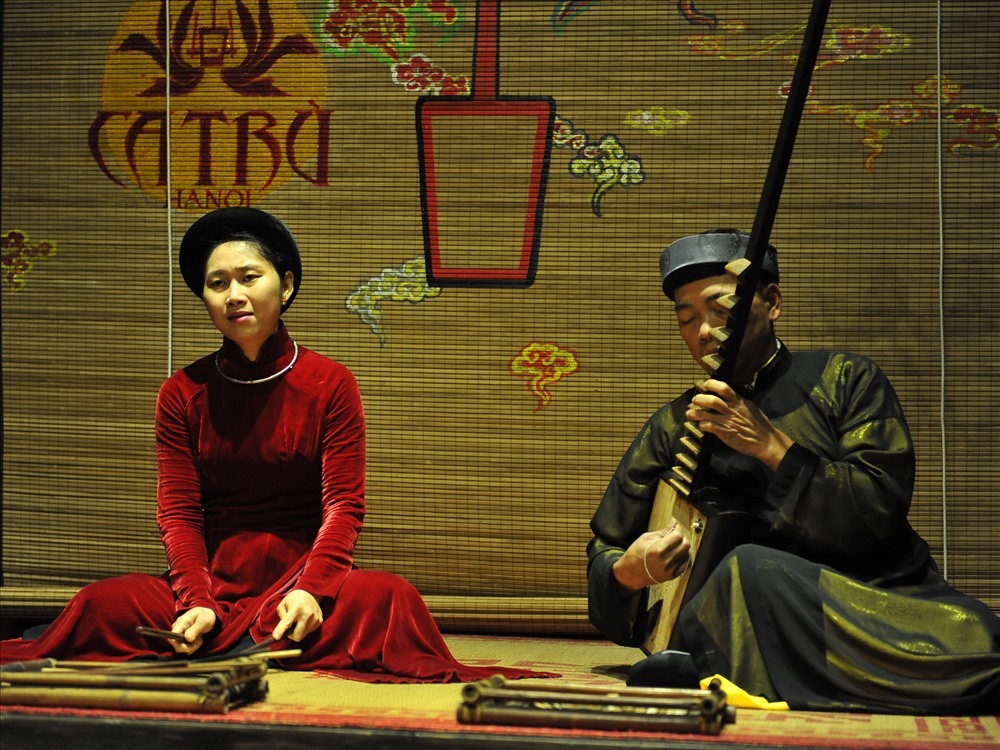
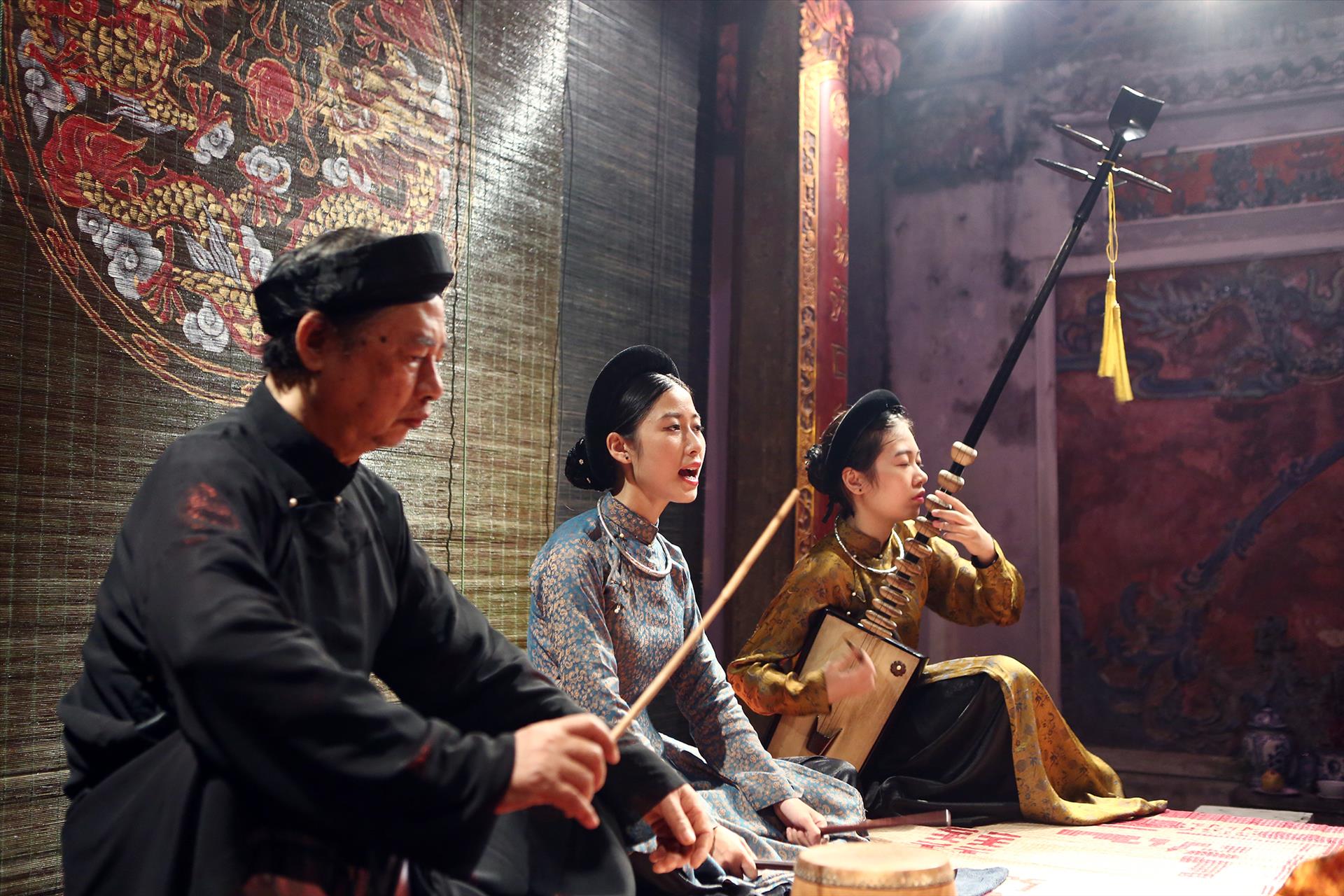
![[Photo] Comrade Khamtay Siphandone - a leader who contributed to fostering Vietnam-Laos relations](https://vstatic.vietnam.vn/vietnam/resource/IMAGE/2025/4/3/3d83ed2d26e2426fabd41862661dfff2)

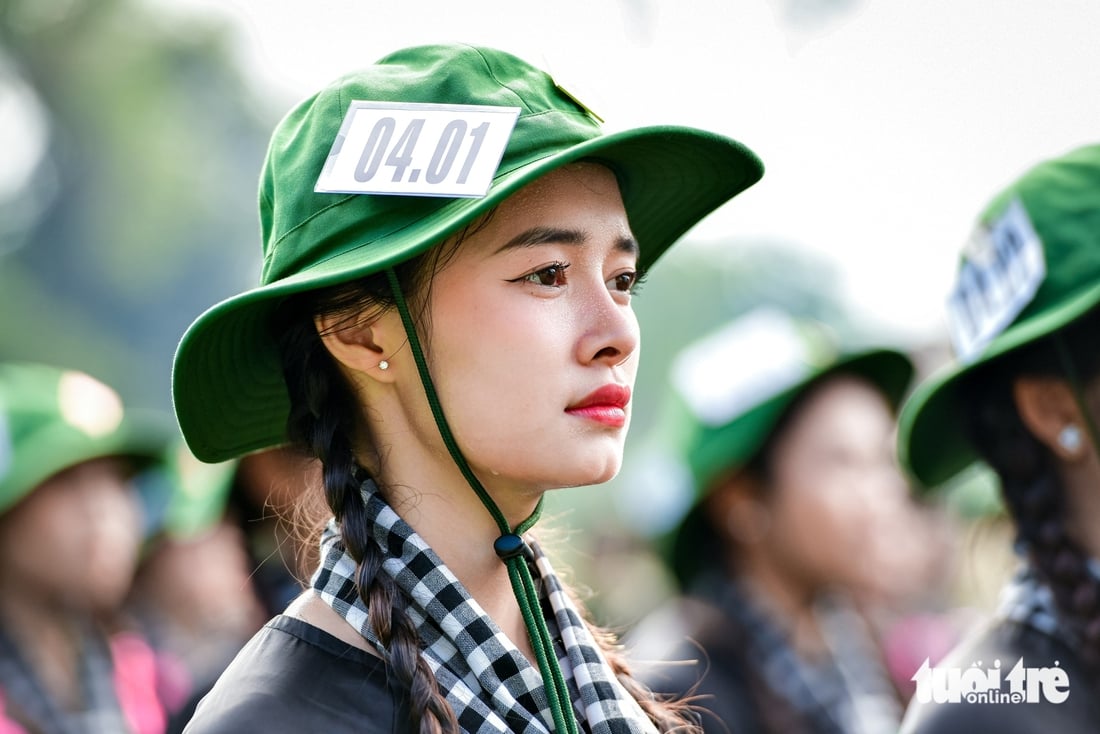
![[Photo] Special relics at the Vietnam Military History Museum associated with the heroic April 30th](https://vstatic.vietnam.vn/vietnam/resource/IMAGE/2025/4/3/a49d65b17b804e398de42bc2caba8368)
![[Photo] Moment of love: Myanmar people are moved to thank Vietnamese soldiers](https://vstatic.vietnam.vn/vietnam/resource/IMAGE/2025/4/3/9b2e07196eb14aa5aacb1bc9e067ae6f)



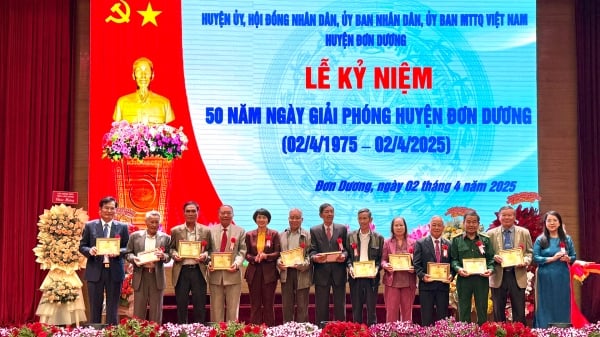



![[Podcast] News on March 24, 2025](https://vstatic.vietnam.vn/vietnam/resource/IMAGE/2025/4/3/f5fa1c3a9ae14d4590ac6965d233586b)

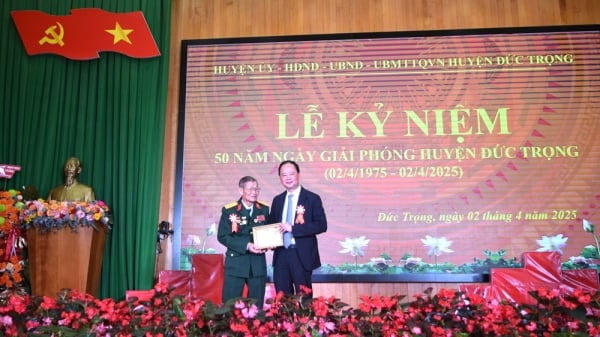



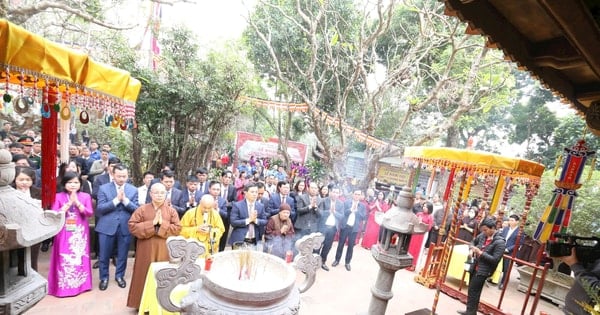







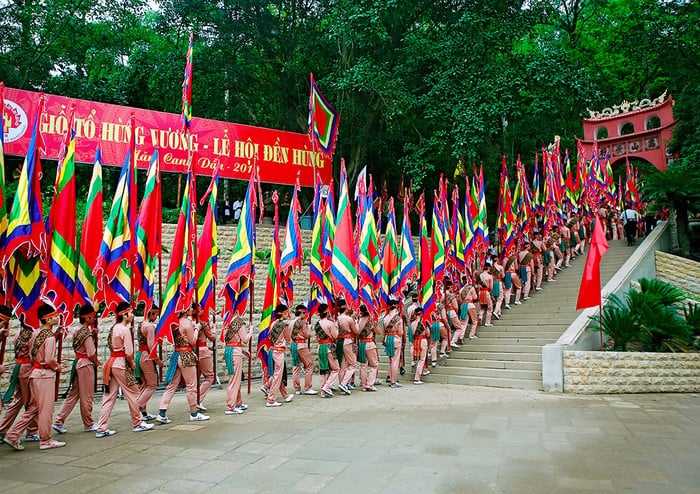
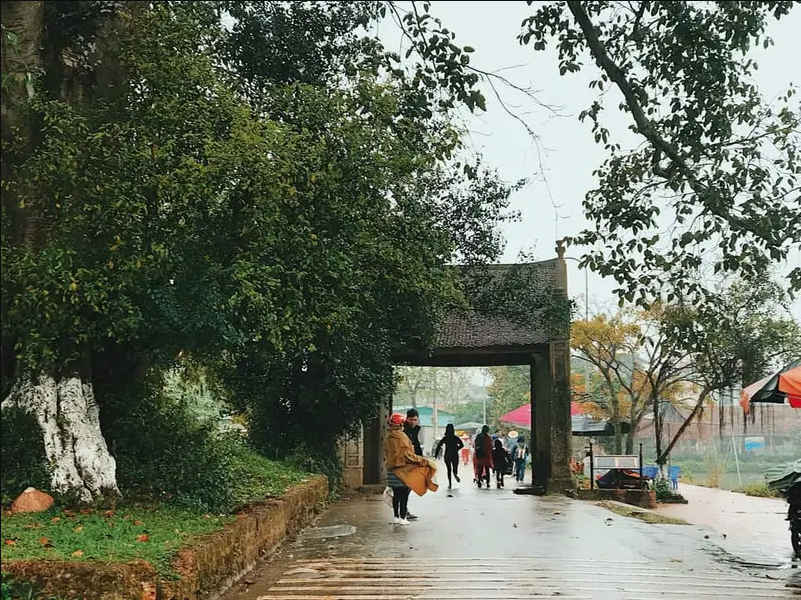

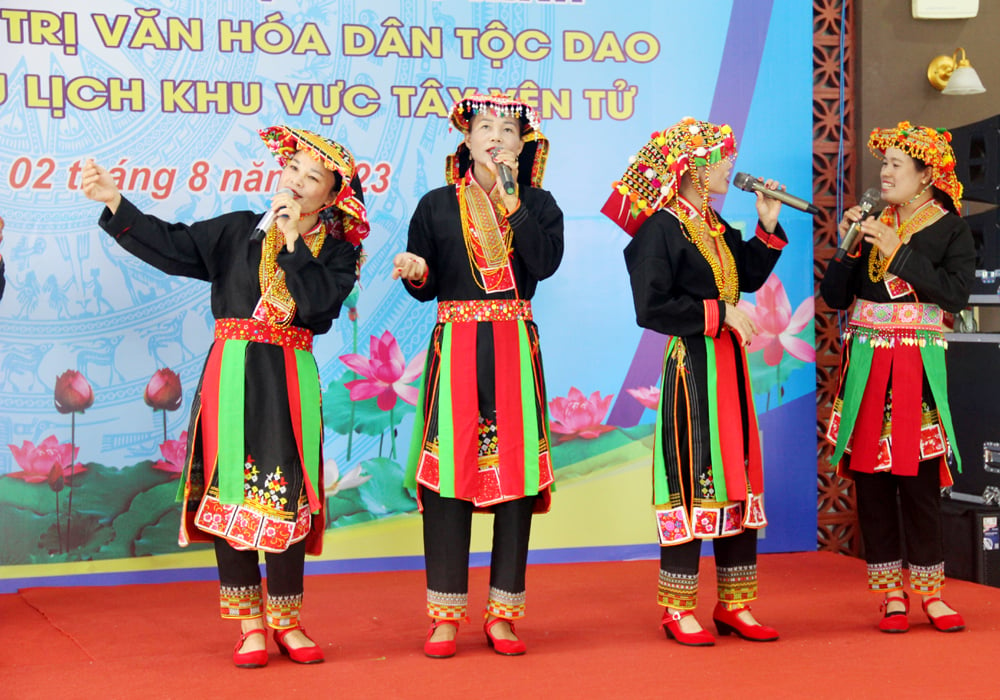
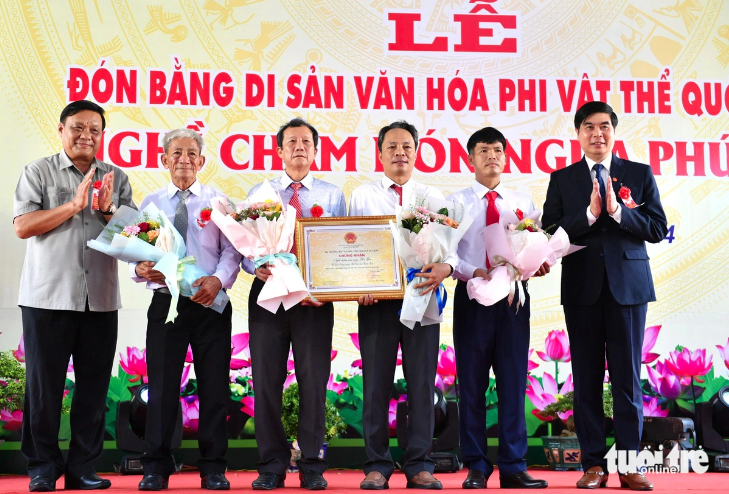

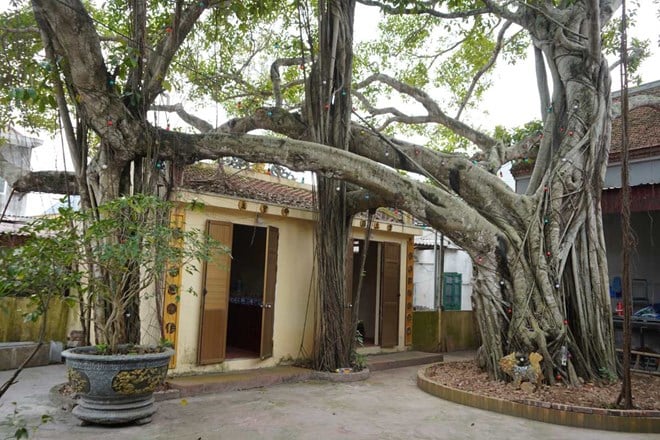



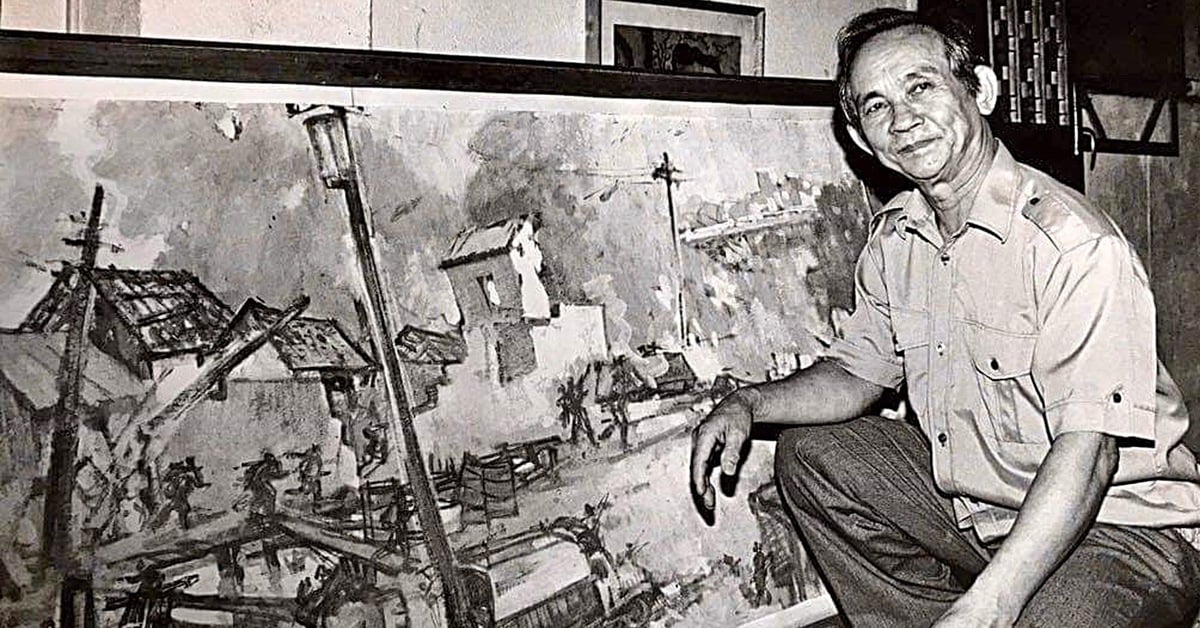






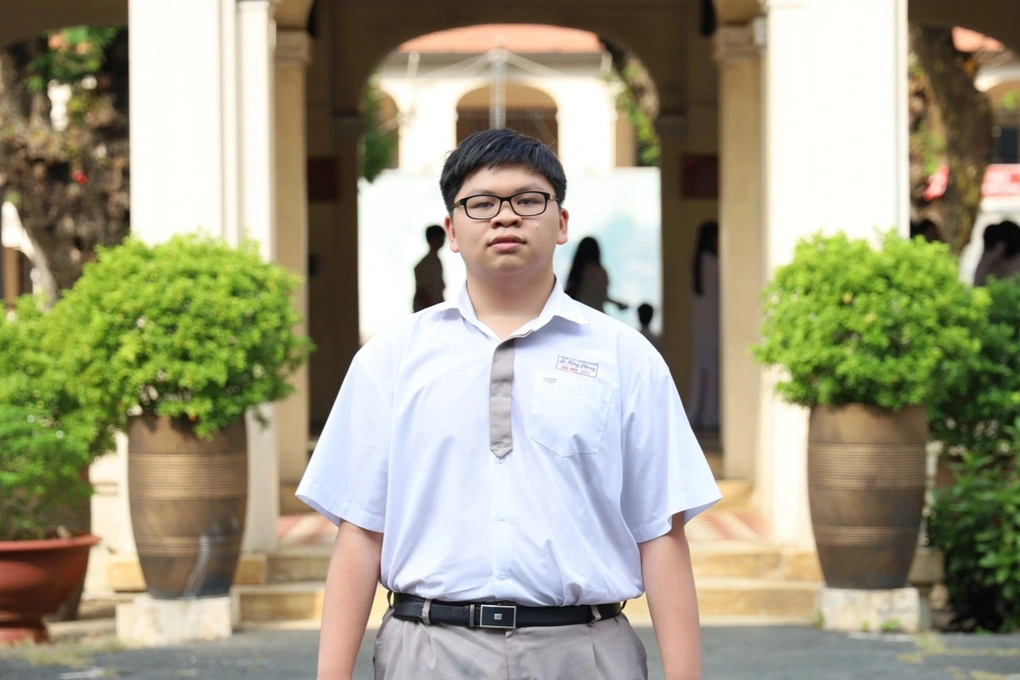









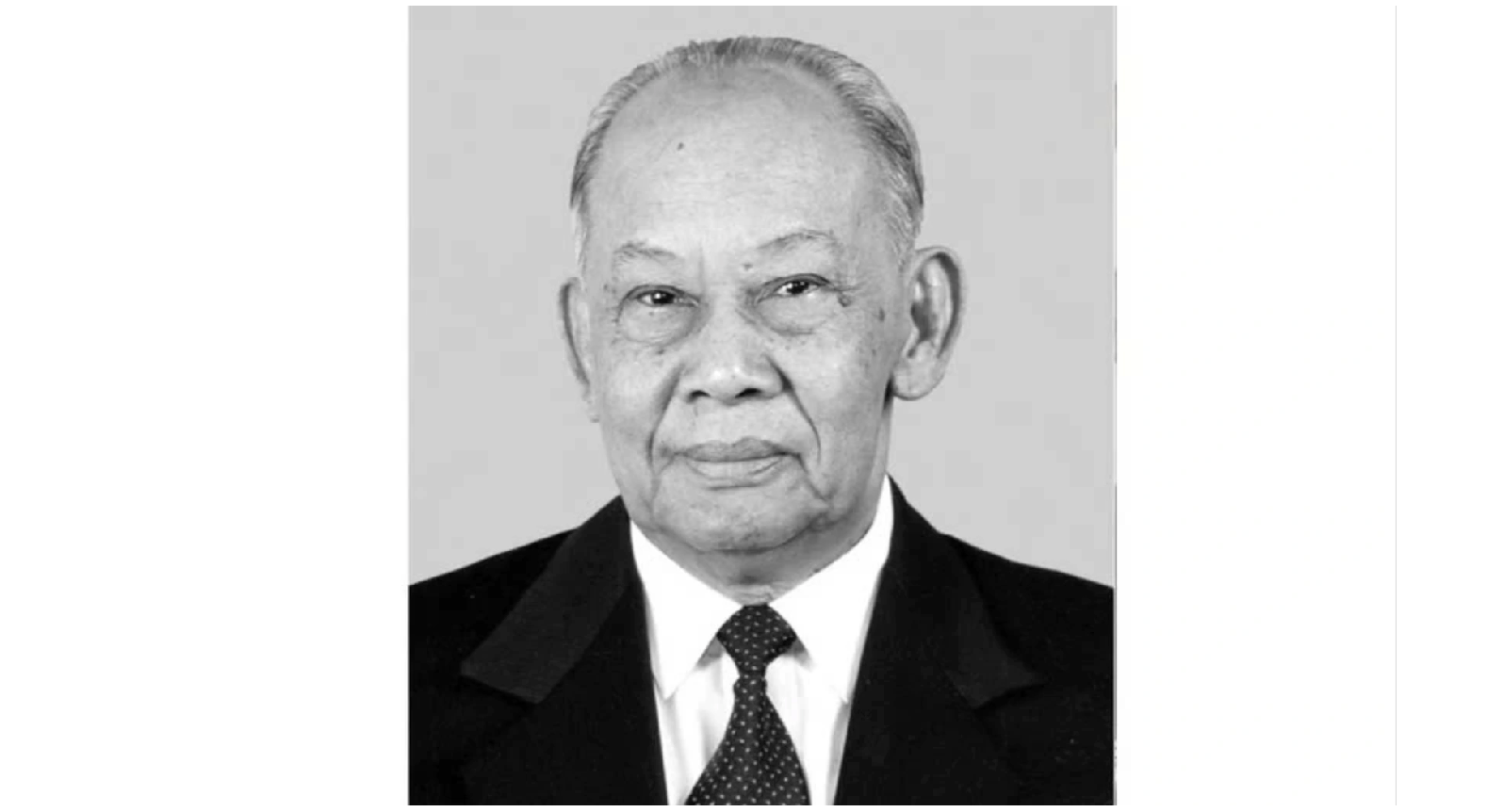










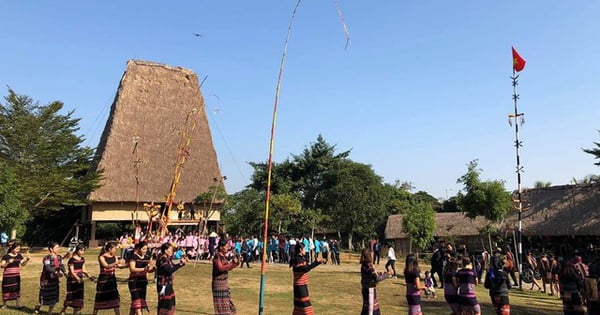




















Comment (0)